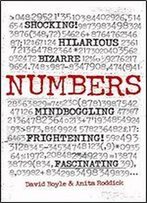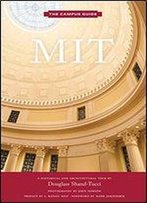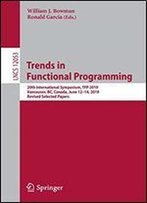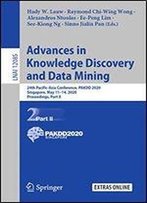
Dynamics And Control Of Dc-dc Converters (synthesis Lectures On Power Electronics)
by Farzin Asadi /
2018 / English / PDF
9.3 MB Download
DC-DC converters have many applications in the modern world. They
provide the required power to the communication backbones, they
are used in digital devices like laptops and cell phones, and
they have widespread applications in electric cars, to just name
a few.
DC-DC converters have many applications in the modern world. They
provide the required power to the communication backbones, they
are used in digital devices like laptops and cell phones, and
they have widespread applications in electric cars, to just name
a few.
DC-DC converters require negative feedback to provide a suitable
output voltage or current for the load. Obtaining a stable output
voltage or current in presence of disturbances such as: input
voltage changes and/or output load changes seems impossible
without some form of control.
DC-DC converters require negative feedback to provide a suitable
output voltage or current for the load. Obtaining a stable output
voltage or current in presence of disturbances such as: input
voltage changes and/or output load changes seems impossible
without some form of control.
This book tries to train the art of controller design for DC-DC
converters. Chapter 1 introduces the DC-DC converters briefly. It
is assumed that the reader has the basic knowledge of DC-DC
converter (i.e., a basic course in power electronics).
This book tries to train the art of controller design for DC-DC
converters. Chapter 1 introduces the DC-DC converters briefly. It
is assumed that the reader has the basic knowledge of DC-DC
converter (i.e., a basic course in power electronics).
The reader learns the disadvantages of open loop control in
Chapter 2. Simulation of DC-DC converters with the aid of
Simulink® is discussed in this chapter as well. Extracting the
dynamic models of DC-DC converters is studied in Chapter 3. We
show how MATLAB® and a software named KUCA can be used to do the
cumbersome and error-prone process of modeling automatically.
Obtaining the transfer functions using PSIM® is studied as well.
The reader learns the disadvantages of open loop control in
Chapter 2. Simulation of DC-DC converters with the aid of
Simulink® is discussed in this chapter as well. Extracting the
dynamic models of DC-DC converters is studied in Chapter 3. We
show how MATLAB® and a software named KUCA can be used to do the
cumbersome and error-prone process of modeling automatically.
Obtaining the transfer functions using PSIM® is studied as well.
These days, softwares are an integral part of engineering
sciences. Control engineering is not an exception by any means.
Keeping this in mind, we design the controllers using MATLAB® in
Chapter 4.
These days, softwares are an integral part of engineering
sciences. Control engineering is not an exception by any means.
Keeping this in mind, we design the controllers using MATLAB® in
Chapter 4.
Finally, references are provided at the end of each chapter to
suggest more information for an interested reader. The intended
audiences for this book are practice engineers and academians.
Finally, references are provided at the end of each chapter to
suggest more information for an interested reader. The intended
audiences for this book are practice engineers and academians.











